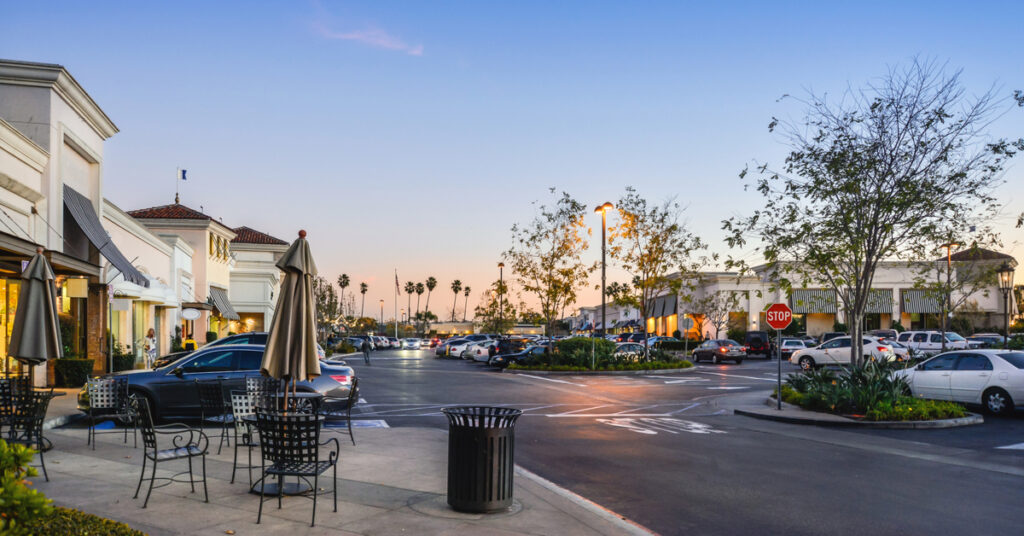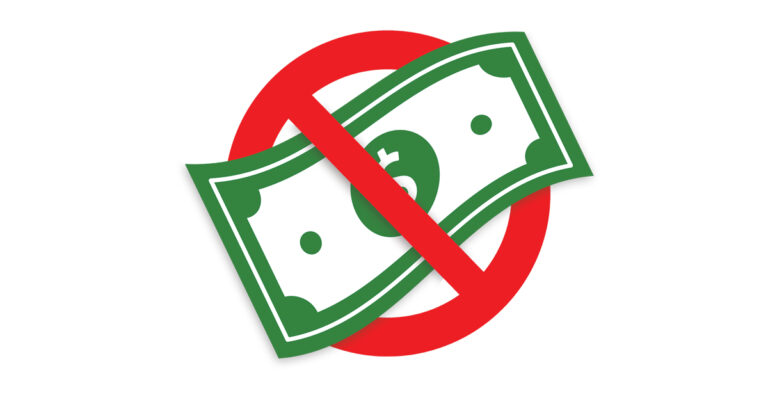While housing demand continues to fuel construction of new homes throughout the country, the divergence between residential and nonresidential building activity appears set to continue in 2021, according to special commentary from Wells Fargo Securities’ economics group.
Even with vaccines in the delivery process, demand for commercial space is still highly uncertain, considering many professional and leisure activities that require large gatherings still impractical. The pullback in nonresidential construction spending during 2020 made that perfectly clear; through November, construction spending in sectors such as retail, manufacturing, lodging, recreation and education were all down at least 12% year over year. And nonresidential starts are down 25% through November, suggesting that the weakness in construction activity is likely going to persist into 2021.
Consequently, Wells Fargo expects a 9.2% drop in private nonresidential spending in 2021 — a stark contrast to its forecast 4.5% rise in spending on residential buildings.
Wells Fargo expects nearly every major sector within commercial, manufacturing and institutional categories to see expenditures decrease.
The office sector — which saw construction spending drop 7% annually through November to fare slightly better than other nonresidential segments — continues to see demand thinned by the success of remote work. The office pipeline has shrank significantly in the last 12 months, with CoStar reporting just over 9 million square feet of office space started in the 2020’s fourth quarter, the fewest since 2011.
On the hardest-hit end of the spectrum, hospitality and lodging construction looks likely to stay heavily dampened for the foreseeable future, Wells Fargo said. The active pipeline has dwindled massively in 2020, and demand is likely to stay depressed considering business and international travel isn’t likely to recover until 2022 at the earliest. Leisure travel will likely bounce back sooner (and the market may see a burst of travel once herd immunity is finally achieved), but Wells Fargo noted that hotels will still face increased competition from rental services like Airbnb and VRBO, particularly while consumers remain disinclined to crowds and dense spaces.
Get these articles in your inbox
Sign up for our daily newsletter
Get these articles in your inbox
Sign up for our daily newsletter
Want more news, topics and trends?
Get perspectives on the mortgage industry from thought leaders by subscribing to Scotsman Guide’s free digital editions.
Meanwhile, the ongoing shift to e-commerce sales, accelerated further by the COVID-19 pandemic, continues to weigh heavily on the retail industry. Closures and reduced revenues brought about by outbreak-related restrictions triggered a recent surge in retail bankruptcies, driving vacancy rates even higher. Coupled with a number of retail chains looking to reduce the number of their brick-and-mortar locations, this has led to the smallest amount of retail starts on record.
Despite the gloomy outlook, Wells Fargo noted that there are lessons to be learned from observing the effects of the pandemic — particularly in retail. The crisis, Wells Fargo said, is likely to accelerate several trends that were already in place before COVID reached the U.S.
For one thing, “town-center properties” — walkable, outdoor shopping complexes — could further reap the benefits of the preference shift toward open-air activities with room for social distancing. Also, retailers are increasingly moving toward hybrid store models, incorporating the efficiency of e-retail buying with the authenticity of in-store products for buyers to vet and the convenience of a local site for pickup, returns and customer service. And e-commerce is anticipated to gain further in resilient retail divisions like grocery, pharmacy and home improvement. Shrewd commercial lenders keeping an eye out for opportunities would do well to bear those factors in mind to keep ahead of competitors.
And Wells Fargo did note that there are various reasons to be cautiously optimistic. The rush toward e-retail, for example, has buttressed the already booming demand for logistics, with warehouse construction one of just a few major property types where construction spending grew in 2020. And new development remains strong, with nearly 100 million square feet of industrial starts in the third quarter — the most in the last 20 years.
Industrial activity may start to cool as 2021 as supply catches up to demand, but Wells Fargo noted that even with 2020’s surge in e-buying, online sales made up just 16% of total retail sales, according to the Census. That share remains likely to rise, Wells Fargo said, with industrial buildings likely a growth sector for years to come.
The office sector, too, comes with its own potential silver linings as demand and spending claw back from their current doldrums. Office workers in onsite locations, for one thing, are expected to be spaced further apart compared to pre-pandemic norms. That should offset some of the downsizing office-using employers are likely to undergo from having more personnel working from home. And once workers do return to the office, there will likely be a focus on both safe environments for onsite workers and network access for those remote. That means that instead of upgrading older buildings with amenities like enhanced air filtration, ultraviolet lights and smart conference rooms, tenants may opt to lease space in new buildings with such features already included, Wells Fargo said.





















































